NAAM, NAMAK, NISHAN: Honour Code of a Soldier
Wed, 24 Nov 2021 | Reading Time: 4 minutes
In older times, every regiment used to carry their regimental flag/colour into the battle and loosing that would be considered an utmost disgrace to the regiment. Soldiers protect their flag from falling into hands of the enemy even if the price would be the supreme sacrifice. Every battalion has its own ethos and composition, its own battle cry and motto but every soldier is always ready to kill the enemy to defend the sovereignty of the nation. For an Indian soldier the core ethos are
“Naam, Namak, Nishan”
The ethos of ‘Naam, Namak, Nishaan’ is the honour code for every Indian soldier that drives officers and men alike and these ethos permeates the whole of the Indian Army, whether its Infantry, Armored and Artillery. In the annals of the Indian army, there are endless stories to fight for NAAM, NAMAK, NISHAN. One such saga of valour and indomitable courage is of the 122 Ahirs of the 13 Kumaon Regiment who under the leadership of Major Shaitan Singh Bhati fought for “Naam, Namak, Nishan” at -30 degrees at the height of 16,000 feet. In freezing, inhuman cold, poorly clothed in thin sweaters and jackets, wet shoes and badly equipped .303 rifles, they fought against an enemy who was far better equipped and more powerful in strength. Still the wonder was for every man lost by us, the enemy lost four to five.
Rezang La that connects the Chushul Valley with rest of the country; and due to its close proximity with India-China border; is a highly sensitive area. The C Company of the 13th Kumaon battalion was protecting the airfield in Chushul when the Chinese troops attacked the area on the morning of November 18, 1962 and it was more than 5000 Chinese soldiers holding position against 120 Indian soldiers. Heavy firing was followed from both the sides. The Chinese were equipped with heavy artillery support. But Major Shaitan Singh and his Company had already decided and following their ethos there was no any question of moving back. The soldiers had decided to fight till the last man for the honour of their Paltan and the Nation. They fought with the enemies not with the ammunition only, the fight was actually driven by the courage of these Veer Ahirs who fought like the men possessed. The Chinese had all the details about the Indian deployments but the they underestimated the courage of the Indian soldiers. Initially a wave of more than 500 soldiers attacked the area and as soon as they were in the range they were shot dead by the Indian soldiers. The second wave also faced the same fate and the snow had turned red due to the blood of the Chinese soldiers by this time. The third wave of more than 1000 Chinese soldiers now marched towards the top. By this time the Indian soldiers ran out of ammunition… still they did not surrender they fought with the rocks in the -30 degrees with bare hands and when rocks were finished, they fought with their bare hands.
What might have motivated the Charlie Company to fight in such odds where they were aware it is impossible to win and that fateful night they are going to attain martyrdom?? Still they fought till last man, last round and the last drop of the blood to protect the honour of the country. The ethos of NAAM, NAMAK, NISHAN encouraged them to protect the Nation and these Veer Aheers laid down their lives for the motherland. The bravehearts who demonstrated unparalleled valour on the field were always aware that they were fighting a lost battle. But they refused to surrender and kept retaliating till the last drop of their blood. The Indian army’s soldiers live and die for Naam, Namak, Nishan – Naam to uphold India’s and his regiment’s reputation, Namak to repay the debt of having eaten the salt of this piece of Earth, Nishaan honour our Tricolour, and the regiment’s flag/emblem. Major Shaitan Singh and his men proved that an Indian soldier is made of, the grit and courage, and a spirit to fight against all odds for the sovereignty of the country. These men fought savagely against the Chinese troops in blood freezing temperature, bravely took the bull by the horn, and held their ground despite life challenging circumstances.
The C Company was later awarded 5 Vir Chakras and 4 Sena Medals for their valour and indomitable courage in the battlefield of Rezang La. Major Shaitan Singh was awarded Param Vir Chakra, the highest wartime gallantry medal, posthumously, for his leadership and exemplary courage.
The war memorial, erected by the 13 Kumaon Regiment commemorates their ultimate last stand and service to the country. The Rezang La Memorial has the name of these 120 heroes of the country, and a heart-rending inscription quoting Lord Thomas Babington Macaulay’s poem ‘Horatius at the Bridge’ summing up their supreme sacrifice
‘How can a man die better,
Than facing fearful odds,
For the ashes of his fathers,
And temples of his gods.’
May the story of these warriors who stood their ground firmly never fade away.
Whenever I talked to a soldier one saying is common “We live by three words – naam, namak, nishan means honour, loyalty and identity. When we salute our national flag, our emotions are deeply stirred—it is the flag we live for and die for. When we lose our men, it is this flag that is draped over the coffins which brings them home to their loved ones.”
#VeerAhir #KalikaMataKiJai #PrakarmoVijayate #KumaonRegiment #IndianArmy
#HarMaidaanFateh
Disclaimer
The opinions expressed in this article are the author’s own and do not reflect the views of Chanakya Forum. All information provided in this article including timeliness, completeness, accuracy, suitability or validity of information referenced therein, is the sole responsibility of the author. www.chanakyaforum.com does not assume any responsibility for the same.
Chanakya Forum is now on . Click here to join our channel (@ChanakyaForum) and stay updated with the latest headlines and articles.
Important
We work round the clock to bring you the finest articles and updates from around the world. There is a team that works tirelessly to ensure that you have a seamless reading experience. But all this costs money. Please support us so that we keep doing what we do best. Happy Reading
Support Us




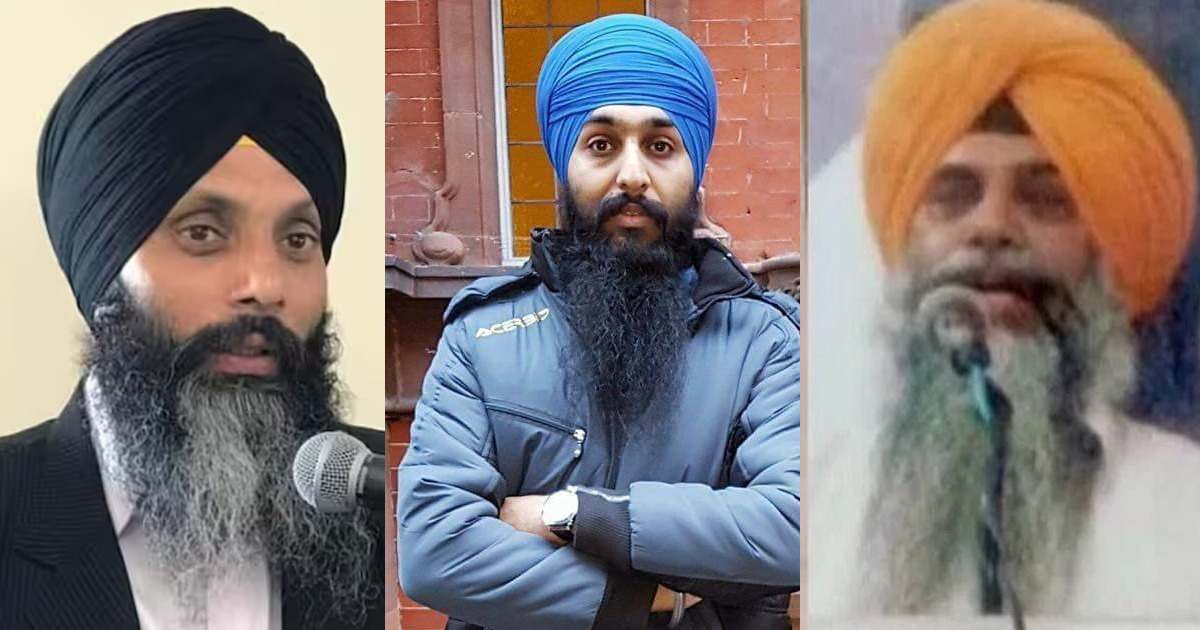
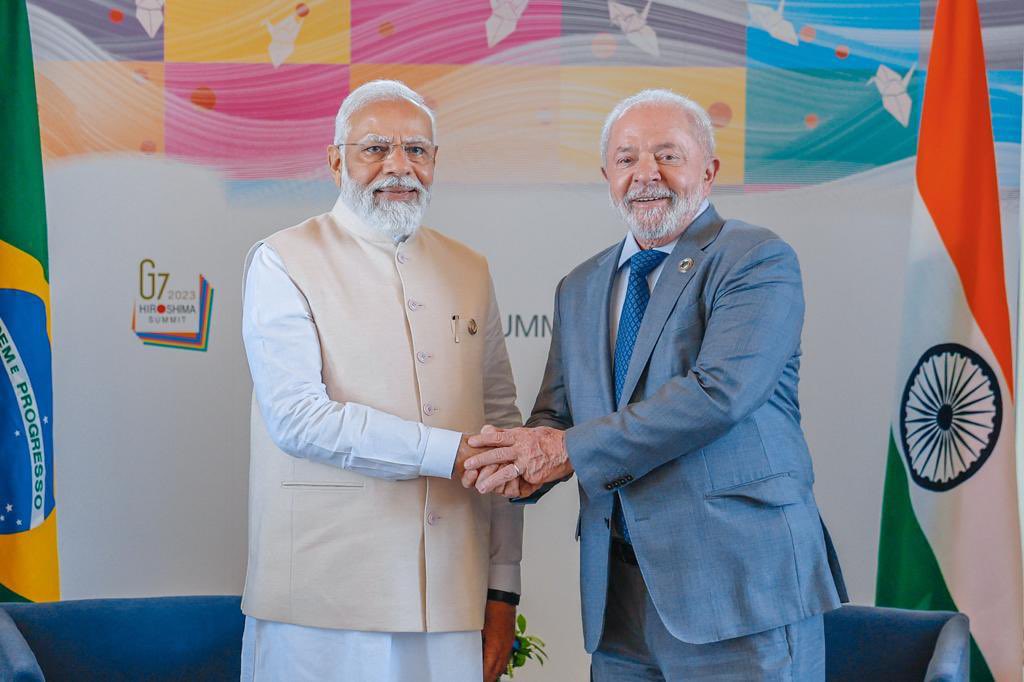

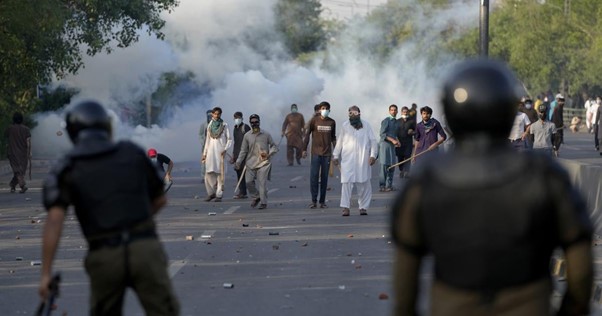

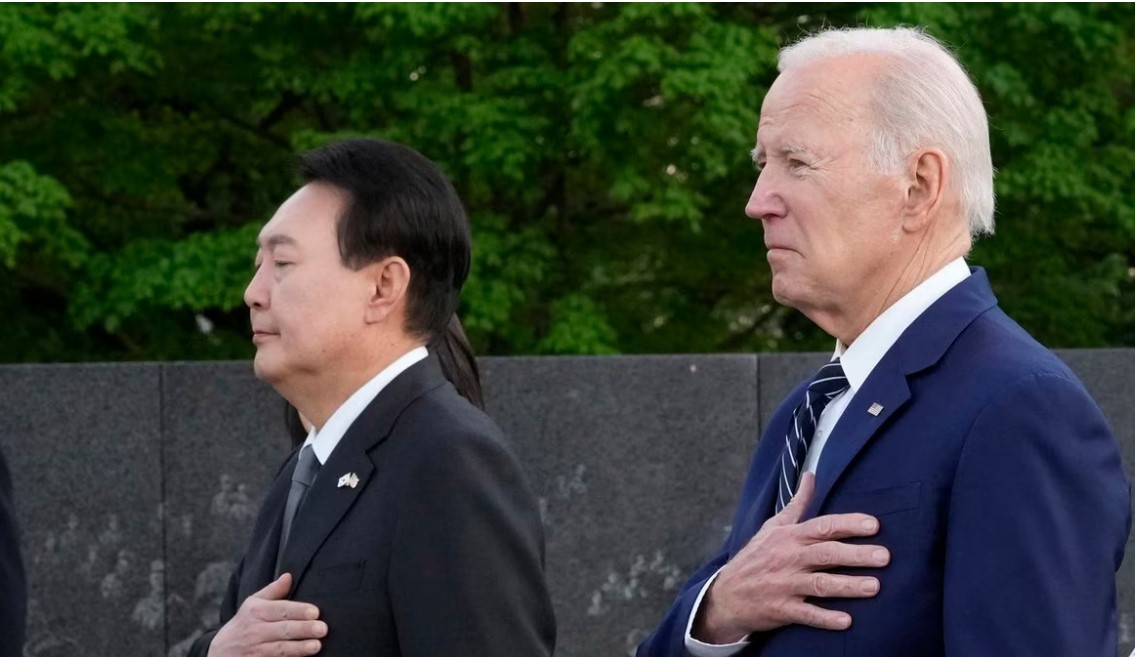

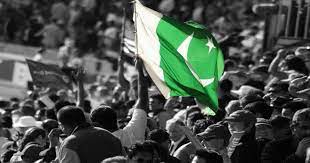
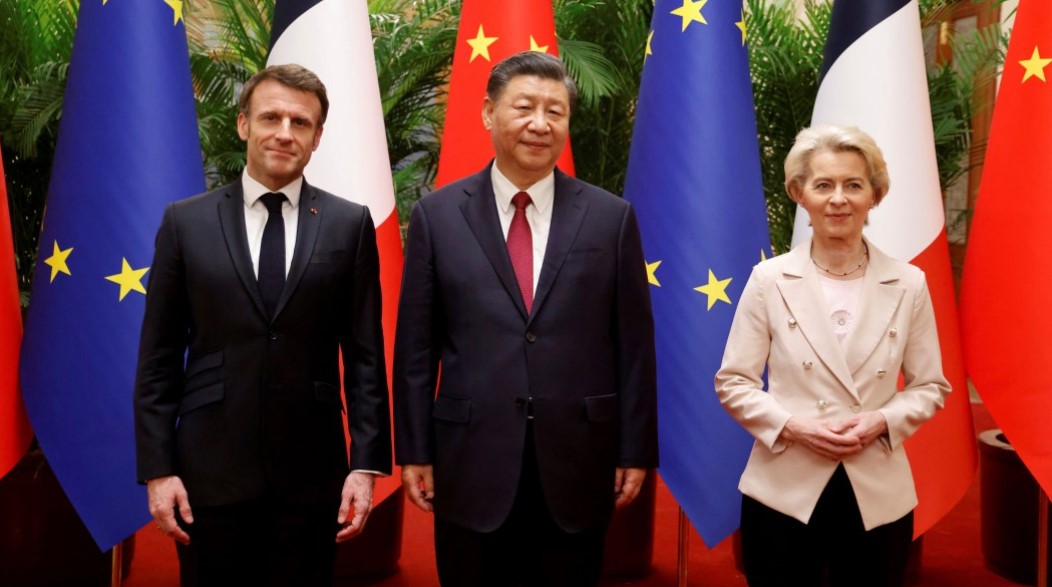
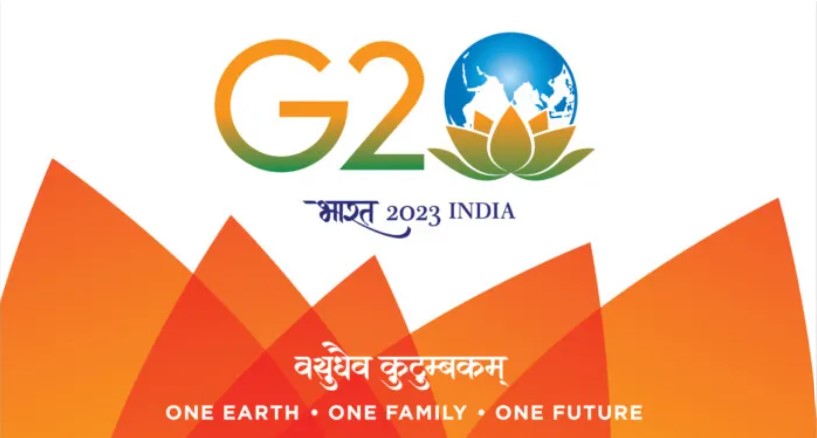






POST COMMENTS (1)
UNMESH MISRA